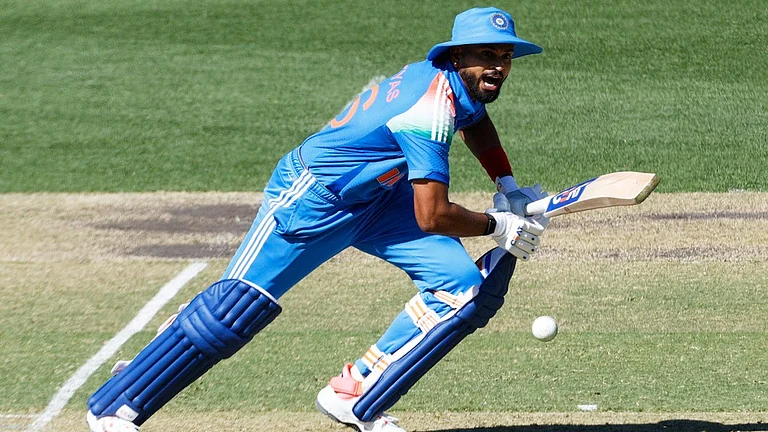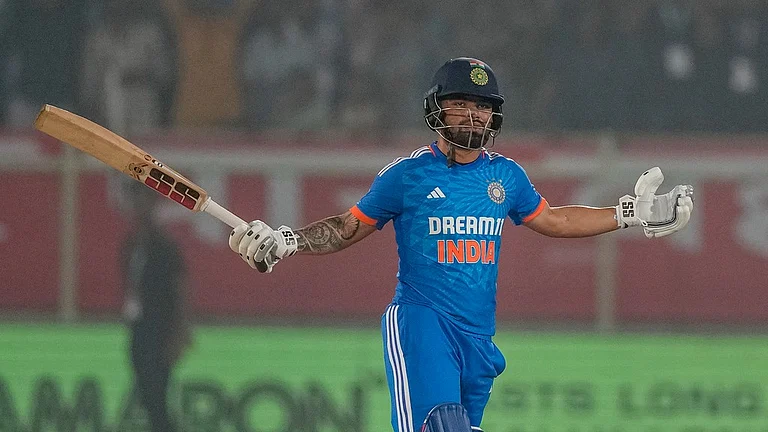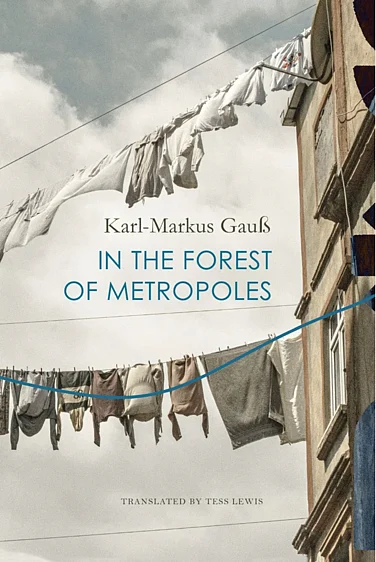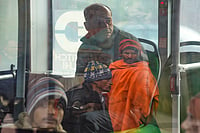Modern famines are put down to bad politics, and Anne Applebaum’s book on the Ukraine famine of the ’30s is no different, with the villains of the piece being Stalin and Marxism. The narration is made to tell more: to highlight a case that Russians oversaw unspeakable acts to suppress Ukrainian national self-assertion. In a book that is as much about Russian-Ukrainian relations as the famine, there is powerful documentation. Half-digested ideas, tendentious arguments, though, make this good non-fiction but indifferent history.
At issue is the ‘Holodmor’ (largescale death by famine) of 1932-33 in Ukraine during the Soviet collectivisation. Ukrainian peasant non-cooperation was treated brutally. Forced requisitions of 1932 were merciless. The result was mass shortage and famine.
In Applebaum’s book, collectivisation is put down to the Marxism that guided Stalin. This mass dispossession of smallholders and concentration in collectives occurred because Marxists labelled prosperous peasant agriculture anti-Communist and ‘kulak’. This is argued despite Stalin’s support of the entrepreneurially oriented New Economic Policy through the mid ’20s; and the Marxist Bukharin’s steadfast opposition to collectivisation. So, since Bolshevik approaches to Marxism tended to be plural, why collectivisation is put down to Marxism is unclear.
The reluctance to think through the position comes from Applebaum’s lack of concern with the famine in a structured manner. Rather, it fits into a larger political argument that while collectivisation was the outcome of Marxism, in Ukraine it was shaped by long confrontation between Ukraine and the USSR.
The argument is prefaced by a brisk account of the tension between USSR and Ukraine, dating to the 1917 revolution and before. The background was Ukrainian nationalism, based on folk tradition and history-writing. This achieved incipient statehood post 1917 and was assertive under Hrushevsky and the Petlyura (until 1920). But the country was taken over by Bolsheviks, after local conflict and peasant insurgency. A famine that rocked the land in 1921 was a dress rehearsal for the 1930s. Throughout, there was little respect for Ukrainian national sentiment in Russia. Applebaum dismisses the significance of ‘Ukrainisation’ of the region in the mid ’20s, though it’s not clear why. She argues that old tensions remained unresolved.
From 1929, the core narrative follows Soviet collectivisation, with focus on tragedies from West of Kyiv to Kharkiv in the east. The photographs by Alexander Wienerberger are powerful too. The catastrophe is mainly documented through oral testimony, with a patina of archival material. But the impression is uncontestable. Entire villages were wiped out after anti-kulak campaigns. Ukrainian figures point to over 3 million deaths. Though statistics are unreliable, the scale of the disaster in 1932-33 is beyond question.
According to Applebaum, the Ukrainian experience was exceptional. In 1929-33, local resistance to collectivisation was put down to “Petlyuran sabotage”. Under Postyshev, Stalin’s representative, famine was considered the result of sabotage, and remedial measures were minimal. The sabotage was put down to Ukrainian nationalism, so Ukrainian leaders were purged. Collectivisation and the purges may have been a disaster elsewhere, but anti-Ukrainian sentiment added an edge. The research apparatus that ‘proves’ this case is thin; and the argument is based on statistics that understate the regional impact of collectivisation elsewhere.
Applebaum records a cover-up over the next 50 years, and ritual preservation of memory in Ukraine and in the diaspora. That memory led modern Ukrainian nationalism to demand recognition of the Holodmor as Soviet genocide, according to Lemkin’s coining of the term, a demand to which Applebaum is sympathetic.
Clearly, the Holodmor is of contemporary importance—right down to today’s electoral manoeuvres. But how, where and why raise problems. There can be no “memory” in western Ukraine, where anti-Russian sentiment is greatest now—since it was part of Poland during the Holodmor. Post 1941, major demographic change has marked the country. Clearly, “memory” is constructed by anti-Russian organisations. Applebaum stands alongside, since the exercise dispels the cover-up of a national tragedy. One sympathises, but is left in doubt if this tragedy was the result of Stalin’s war with Ukraine, rather than Stalin’s war with all community consciousness in Soviet Eurasia—except where mediated through his variant of Bolshevik civilisation. At the end, the case that assertive Ukrainians and the Holodmor were to Stalin what the Jews and the Holocaust were to Hitler remains in doubt, and certainly the link to the idea that Russia cannot respect Ukraine.






















